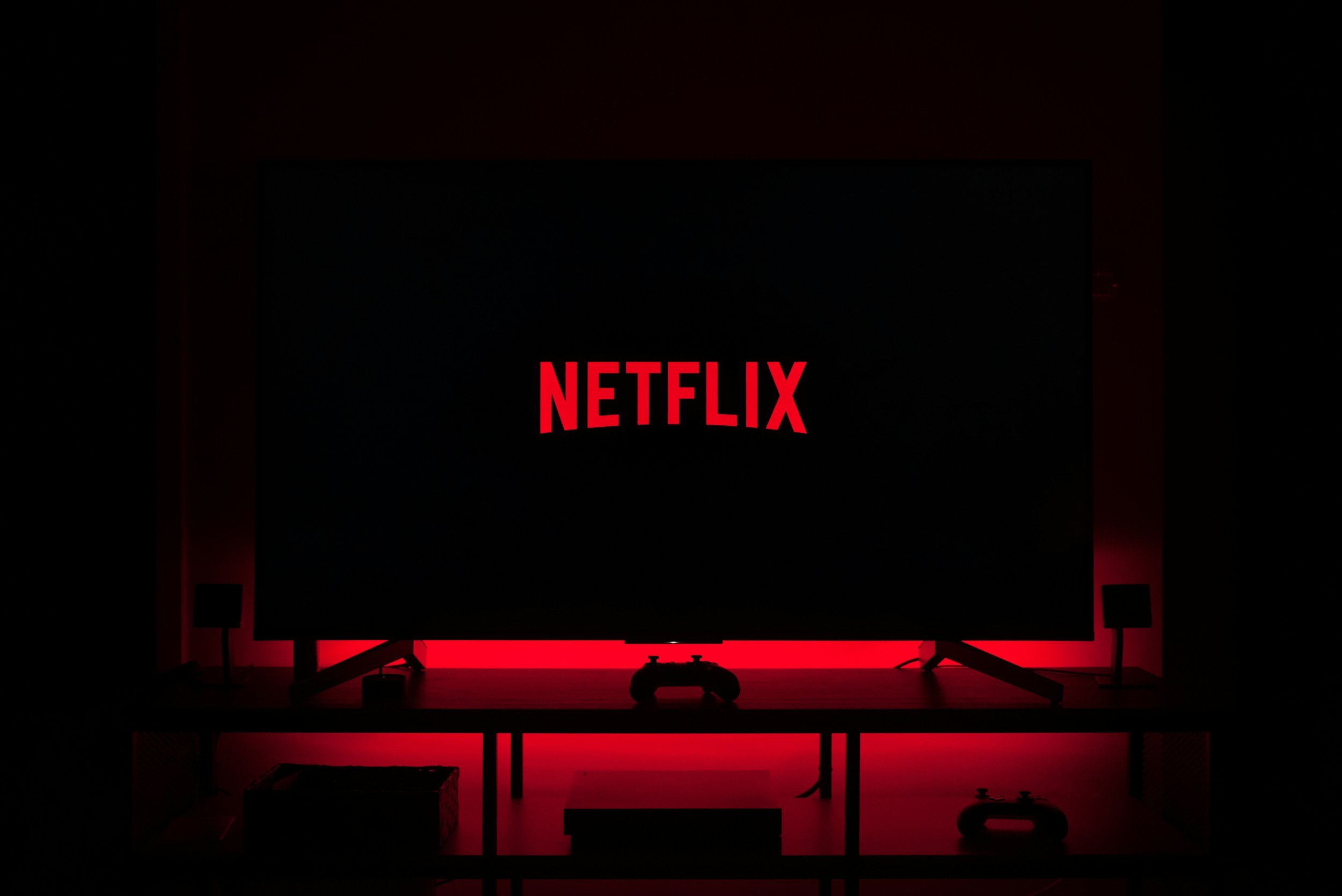5 essential psychology statistics and facts for marketers in 2022 🔎
The ever-changing landscape of digital marketing can leave us with many existential questions.
How do consumers react to different channels? How is consumer behaviour shifting as we head into 2022?
At One Day Agency, we want to demystify past, current and future marketing trends.
That’s why we’ve compiled a list of 5 essential psychology statistics and facts for marketers in 2022.
It’s just how we roll. 🤷
Let’s get started!
1. The power of creating
Thanks to a significant portion of us becoming unemployed or having more spare time over the course of the last year or so, “side hustle” and “creator” culture has grown significantly.
Approximately 50 million people currently view themselves as creators for brands on social media, and these brands are expected to spend over $15 billion on influencer marketing in 2022.
Significantly, almost three-quarters of marketers in the US are expected to make use of influencer marketing in some way next year.
2. Long or short video
After initiating the trend for short video across social media platforms, TikTok lengthened the maximum length for video on their platform in 2021 to 60 seconds (from an original 15).
While this change has been successful, the only platform that has seen positive results with videos over around 2 minutes long is YouTube.
Meanwhile, while other marketing platforms have seen success with shorter videos (such as Instagram’s Reels feature) they have been unable to yield the benefits of longer videos like YouTube has (such as Instagram’s IGTV feature. May it rest in peace).
3. The unstoppable tide of TikTok
It may come as no surprise, but in 2022 we expect TikTok to continue to grow.
After starting 2021 with 689 million users, and reaching September with over 1 billion (enjoying a 45% increase in under a year) TikTok shows no signs of slowing down.
4. The social ‘social media app
When we think of social media, the big players such as Facebook, Instagram and Youtube likely come to mind. But the top social media channels as of 2021 include several messaging platforms, too.
With Whatsapp coming in at number 3 with around 2 billion users, Facebook Messenger at 5 with 1.3 billion users and China’s WeChat welcoming 1.25 billion active users, a significant portion of us who are active online spend a lot of our time on these platforms.
In light of the above information, it may be tempting to assume that these platforms are ideal to reach consumers, but this is not quite the case.
As many consumers use these apps as a substitute for email or text messaging, receiving ads here may come across as ‘spammy’ in the way that cold emailing can do to some consumers. Instead, marketers should use these apps in a similar way to how they might use a mailing list in their campaigns – create engaging messages with a CTA for consumers who have purchased or shown some kind of interest in your brand.
5. Don’t forget audio
One of the most surprising things to come out of the pandemic was the seemingly unstoppable rise of podcasts.
In Spotify’s global Culture Next Survey (April 2021), 9,000 Gen Z’s and millennials, from the ages of 15 to 40, were asked how often they listen to podcasts.
More than 60% of those asked said weekly, and according to slightly more recent research by Statista, around 57% of U.S adults listen to podcasts- up 2% from the same time last year.
Just as TikTok grows as we head into 2022, podcasts also look set to increase further in popularity, having every year since their inception in 2006 (aside from one brief decrease between 2013 and 2014).
Which channel will you be focusing on in 2022?
To learn more about Psychology Statistics and Facts for Marketers, get in contact today.










